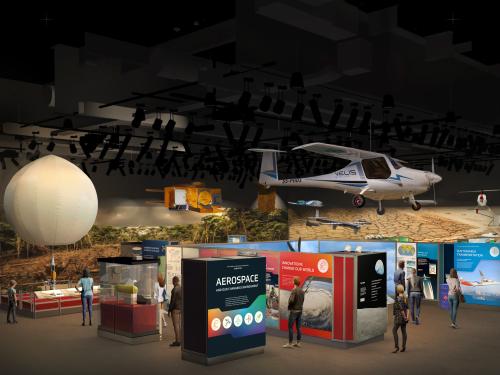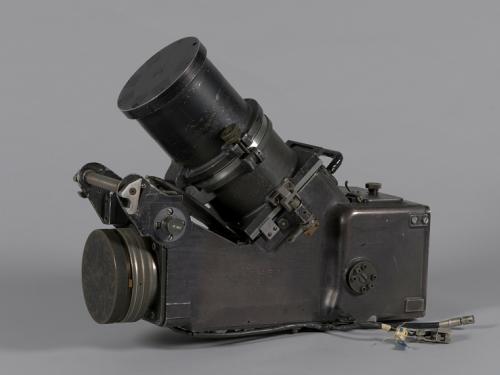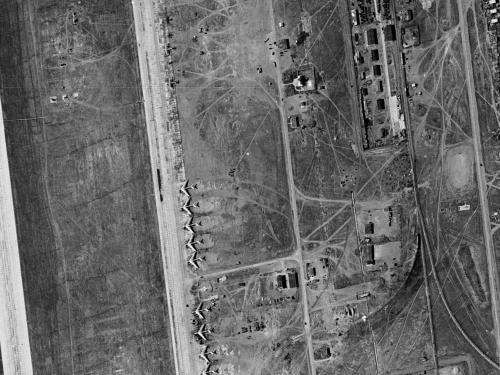
Stories of daring, stories of technological feats, stories of prevailing against the odds ... these are the stories we tell at the National Air and Space Museum. Dive in to the stories below to discover, learn, and be inspired.
Showing 1 - 10 of 39

December 18, 2024
The new climate change exhibition focuses on how aerospace innovations are helping us to both understand what is happening and how we can potentially mitigate the causes and effects.

November 14, 2024
As we wait for season TEN (!!!) we're looking back on this season six favorite. Every day, satellites orbit Earth taking pictures. These images are used for everything from intelligence to weather prediction and even today’s topic – archaeology.

October 31, 2024
Have you ever wondered how astronauts on the ISS or elsewhere in space vote? We'll tell you exactly how to cast a ballot from 250 miles up in orbit on AirSpace.

July 01, 2024
An elephant tracking collar from the Smithsonian Institution’s Conservation Ecology Center at the National Zoo and Conservation Biology Institute is now in the collection of the National Air and Space Museum. Conservation explains why the collar is in the collection, the decision-making behind leaving the dirt on the surface, and how the museum decided to mount the collar for display.

January 11, 2024
Hurricanes are a fact of life in the Caribbean but in 2017, the season was so bad that it changed everything for the people of Puerto Rico. We spoke to two Coast Guard members, as well as one of our own colleagues, about what the hurricane was like, and what happened after.

September 08, 2023
Instruments in the Smithsonian collection trace the story of how humans have explored the universe for thousands of years. Join us in taking a look at just a few examples!

July 20, 2023
In modern society, we often take the daily weather report for granted. We turn on the news, open the weather app on our smart phone, or look up our region’s weather on the internet. Have you ever thought about how meteorologists predict the forecast? For a big part of the answer, we need to look to the sky.

July 12, 2023
The National Reconnaissance Office (NRO) launched the first GAMBIT-1 high-resolution photoreconnaissance satellite on July 12, 1963. It enabled the United States intelligence community photo analysts to see more detailed images.

March 31, 2023
Project Paperclip was a program that brought German and Austrian engineers, scientists, and technicians to the United States after the end of World War II in Europe.

March 09, 2023
Thanks to GPS, ecologists today can track thousands of animals all the time with tracking devices that can be smaller than a quarter. But in 1970 there was just a weather satellite, a 23 pound collar, and an elk named Monique. On this episode of AirSpace, we talk to some of the scientists who use space to track animals here on Earth.